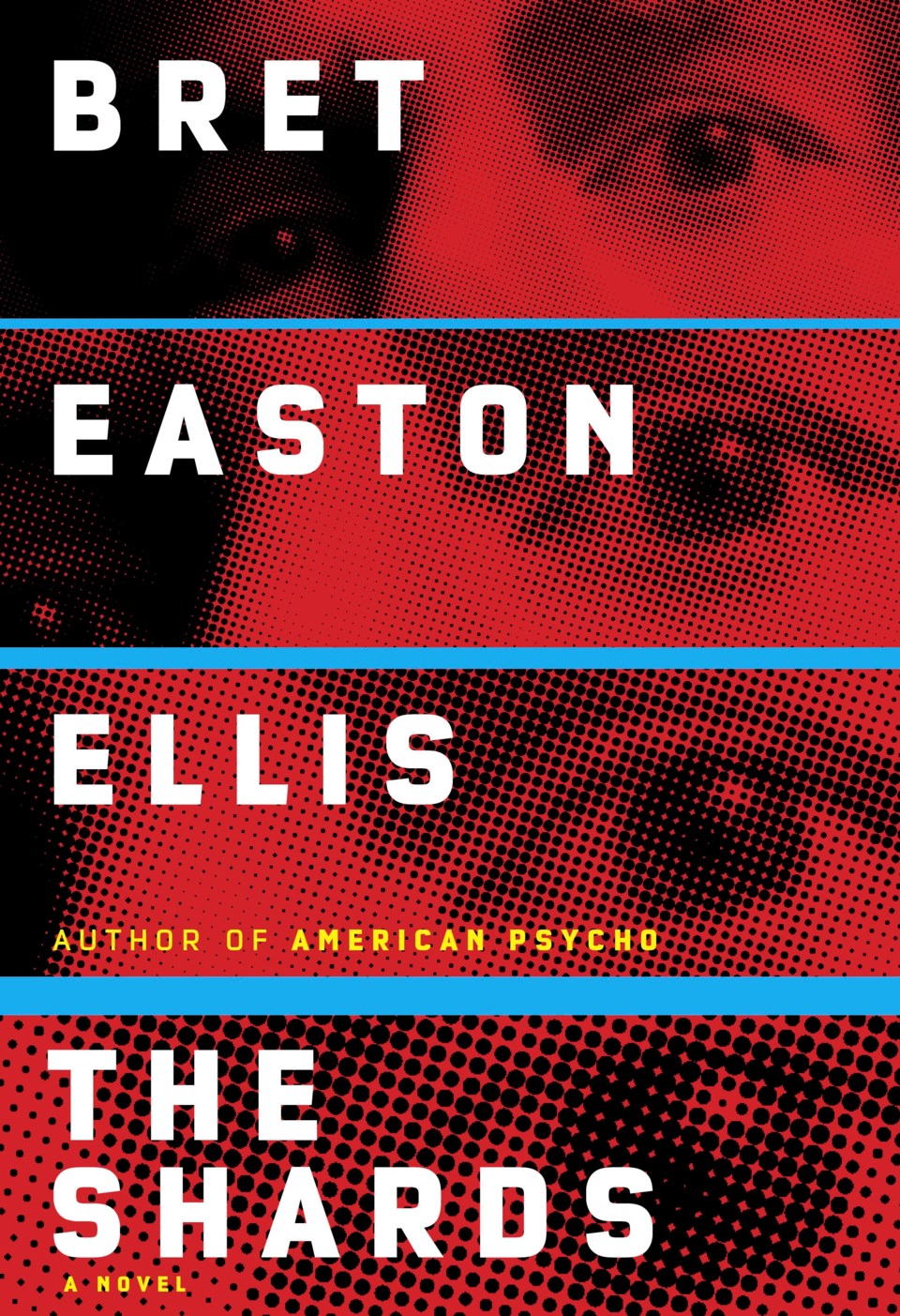“The Shards,” by Bret Easton Ellis (Alfred A. Knopf)
It’s the 1980s and rich prep school students in Los Angeles are living the life of absentee parents, fancy cars, drugs, sex and disaffection.
That’s the plot of Ellis’ breakout 1985 hit “Less than Zero,” published when he was 21, as well as “The Shards,” Ellis’ propulsive and twisty new novel, his first in almost 13 years, first serialized on his podcast. But this time, the lead character’s name is Bret Easton Ellis, and the setting is the Buckley School, which Ellis actually attended (Ellis uses his senior yearbook photo as his author photo on the book jacket to drive that point home).
Another difference: The Trawler is lurking in the San Fernando Valley, a mysterious figure responsible for a growing number of break-ins, missing pets and grotesque murders.
Ellis (the character) begins the novel as an adult in the present day, looking back at his teen years and poking fun at his own image.
“The man who wrote ‘American Psycho’ was actually, some people were surprised to find out, just an amiable mess, maybe even likeable, and not nearly the careless nihilist so many people mistook me for,” he writes at the beginning.
But he’s drawn to revisit the past. Ellis recounts how “his” paradisiacal senior year is disrupted by the appearance of a handsome new student, Robert Mallory, just as The Trawler’s gruesome crimes begin making the news. When a close friend of Ellis goes missing, Ellis becomes more and more obsessed and paranoid about Mallory’s mysterious background and The Trawler’s crimes, fracturing his friendship with Buckley’s golden couple, Thom and Susan, and threatening to send him spiraling into madness. But as he unravels, is Ellis as reliable a narrator as we’re led to believe?
Ellis is open about his influences, peppering the book with references to books and movies like “The Shining” and “Cujo” throughout, (although “The Shards,” with its framing of an adult looking back on a devastating trauma that happened to him in his teens, more closely resembles “It”), as well as Joan Didion, who the character calls his favorite writer. Santa Ana winds, which Didion famously , appear just as the plot grows twistier.
Fans of Ellis will welcome a return to the growing metafictional “ .” Newcomers will either be drawn in or repelled by Ellis’ bleak mix of sex, violence and wealthy teenage disaffection.
Mae Anderson, The Associated Press



